Uncategorized
El Salvador Dispatch: The Origins of the Bitcoin Experiment

This article is part of a four-piece series on El Salvador. You can find the previous dispatch, a story on Bitcoin City, here.
The sun was setting as I rolled into El Zonte, a small surfing village on the coast of El Salvador. It was a late January afternoon. The sky had turned pink and orange; the ocean seemed made of gold. Shafts of light shone through the leaves of the coconut trees. Young, sun-tanned surfers were coming back from the beach, carrying their boards, joking around. Tropical birds shrieked above your head.
El Zonte is a unique kind of paradise because it supports the world’s first Bitcoin circular economy. Almost every business — restaurants, coffee shops, surf shops, hotels — accepts bitcoin (BTC) payments. It takes effort to find anyone who won’t take your satoshis. The village of roughly 3,000 people has turned into a mecca for crypto folks, who come from all corners of the globe to experience life on the Bitcoin Standard.
The village is also the birthplace of El Salvador’s Bitcoin journey. President Nayib Bukele, has credited the small coastal community for inspiring him to make bitcoin legal tender in 2021. That was my reason for visiting: I wanted to see for myself how the experiment was evolving.
What I found was a town in the midst of tremendous change — a place where Salvadorans and expatriates, together, spearhead the technological development of a whole nation.
The residents of El Zonte, once heavily weighed down by poverty, now have educational opportunities and interesting work prospects. Their children are being given tools to achieve prosperity, right here in their community.
I came away with the feeling that you cannot truly grasp the country’s Bitcoin project without understanding what happened in El Zonte.
How it all started
Throughout my stay, almost every time I talked about Bitcoin with the locals, the conversation would eventually turn to an American expat named Michael Peterson, a revered figure. The village’s Bitcoin initiative would probably have never happened without him.
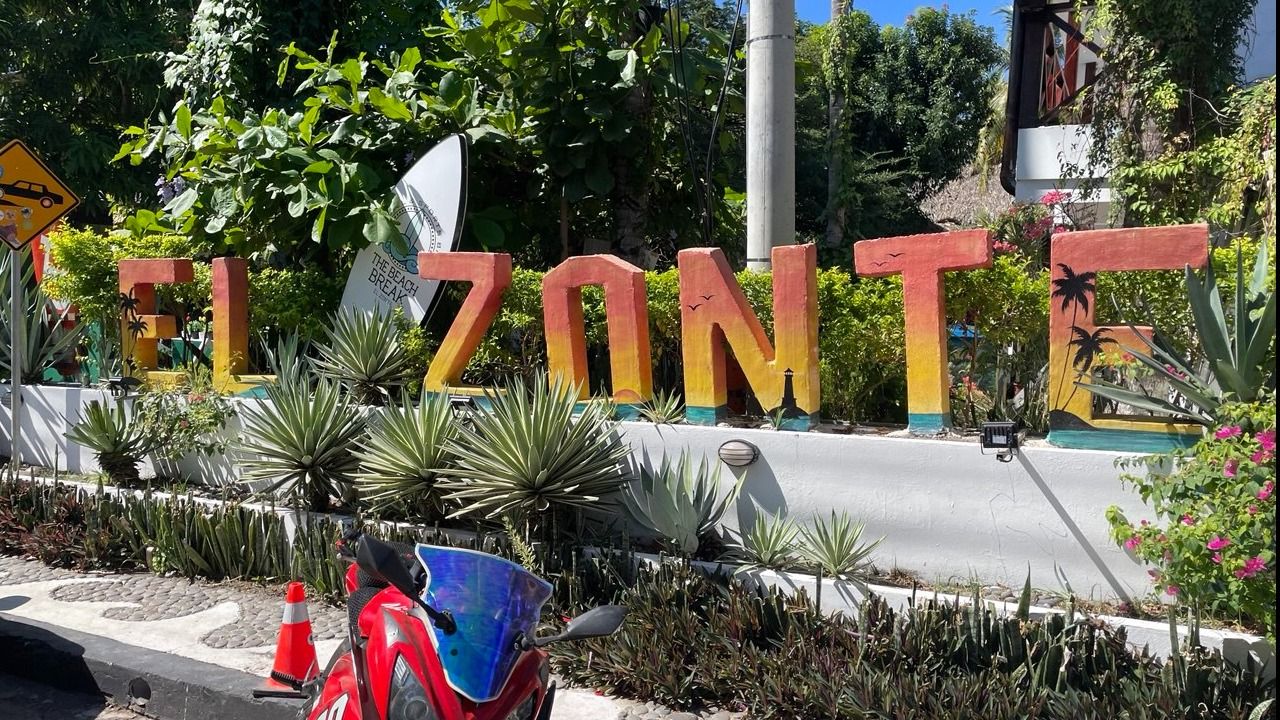
El Salvador is famous for its world-class waves. Peterson visited El Zonte for the first time in 2005 on a surfing trip, and immediately fell in love with the place. He came back with his wife and bought a house, thinking of it as a vacation home for the winter. But, as time wore on, the couple felt increasingly drawn to El Salvador — and to the nation’s problems.
“We were attending a church in San Salvador, and a lot of people there were doing stuff like running children’s homes or working with victims of sex trafficking,” Peterson told me.
“The helpers themselves were facing a lot of trauma and challenges. We decided to move down here full-time in 2014, not to be the people on the frontlines, but to support the different organizations working here.”
The Petersons built guest houses in El Zonte and in Punta Mango, which they made available for people to decompress in, free of charge. They also organized conferences to connect various churches and missionaries together and provide psychological counselling.
These were not small things. El Salvador, at the time, had the highest murder rate in the world. A lot of the people hosted by the Petersons had seen dead bodies, and some of them experienced extreme violence themselves. One of their friends, whom I briefly met, was ambushed in his car and shot in the neck, thus partially losing his voice.
Peterson did youth outreach in Punta Mango and El Zonte, “to help them believe in a better future,” he said. Some of the first kids he took care of, like Roman Martínez and Fredis Molina, are now adults working with him at Bitcoin Beach, the initiative that fueled Bitcoin adoption in El Zonte.
“Mike showed us a different way of seeing life, of thinking, of dreaming. You can teach children how to dream. That’s why our reality changed,” Martínez told me.
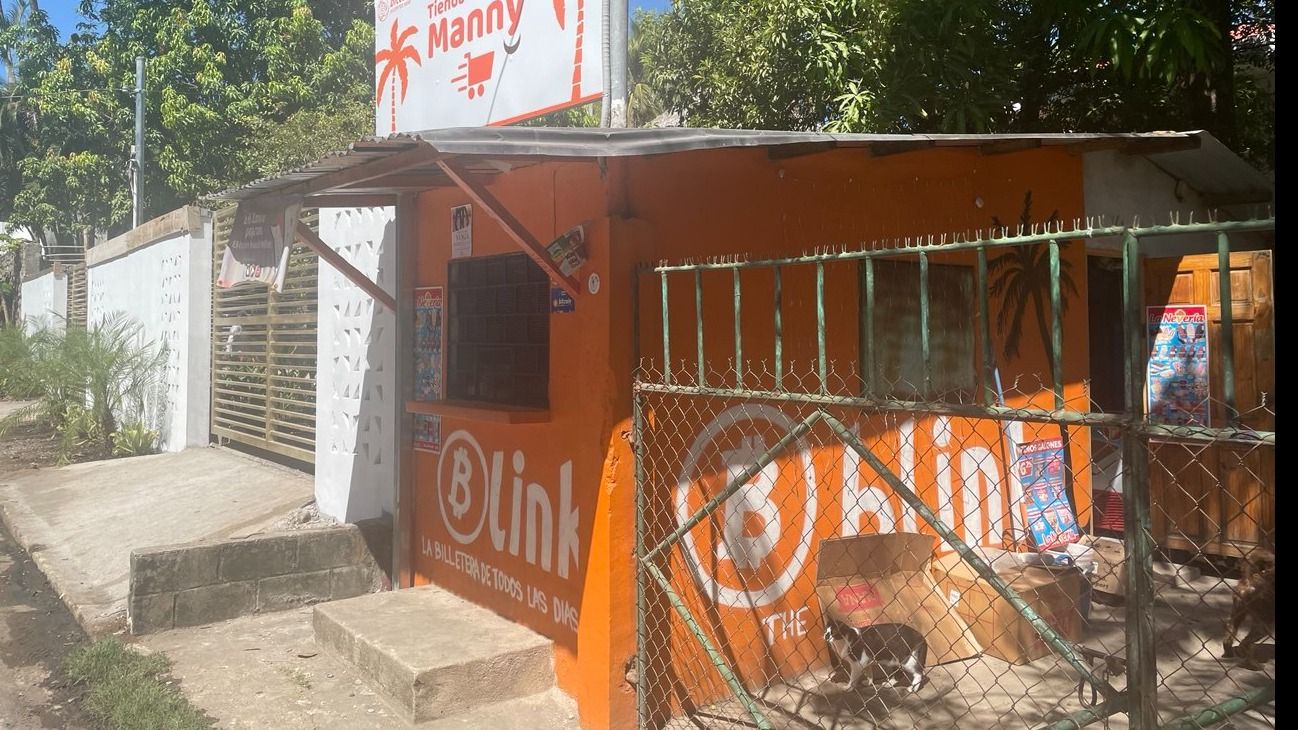
The work Peterson did — plus the fact that his own kids grew up with local children — led him to fully integrate into El Zonte’s community. Bitcoin Beach, the organization, naturally grew out of all of these social projects when, in 2019, an anonymous party reached out to Peterson to make a significant bitcoin donation.
Becoming Bitcoin Beach
The donation was made under one condition: The bitcoin could not be exchanged for U.S. dollars. It had to be used to support the community in its digital form. “The donor’s belief was that actually using Bitcoin would really transform the world,” Peterson said.
Bitcoin Beach started off small. Local children were given little bitcoin grants and stipends for performing various jobs, like cleaning up beaches and rivers, staying in school, and getting good grades. A couple of businesses started accepting bitcoin — just enough for the kids to go and buy things with the money they’d earned.
The turning point came in 2020 with the COVID-19 pandemic. Like everywhere else, El Zonte closed up and people lost their jobs. Bitcoin Beach started using its funds to support the local economy. Each family received a bit of bitcoin, enough to make sure nobody would go hungry or lack basic necessities. The local stores, eager to keep money coming in, now had an incentive to accept the cryptocurrency.
Later on, when the country opened up again, Bitcoin Beach implemented a re-employment program, hiring 120 locals for community construction projects like fixing roads. Salaries were fixed low, so workers wouldn’t depend on the initiative in the long run. Local businesses also received aid to help them bring their employees back on.
“You need to be very careful when you’re working in a community, because a lot of people come in with good intentions and give things for free, because they think that’s what the community needs,” Peterson said.
“It can really distort the local economy. It can create dependency. Because you’re paying higher salaries, you end up taking the best employees from other local businesses. During the pandemic, we were able to put those concerns on hold because people were going hungry.”
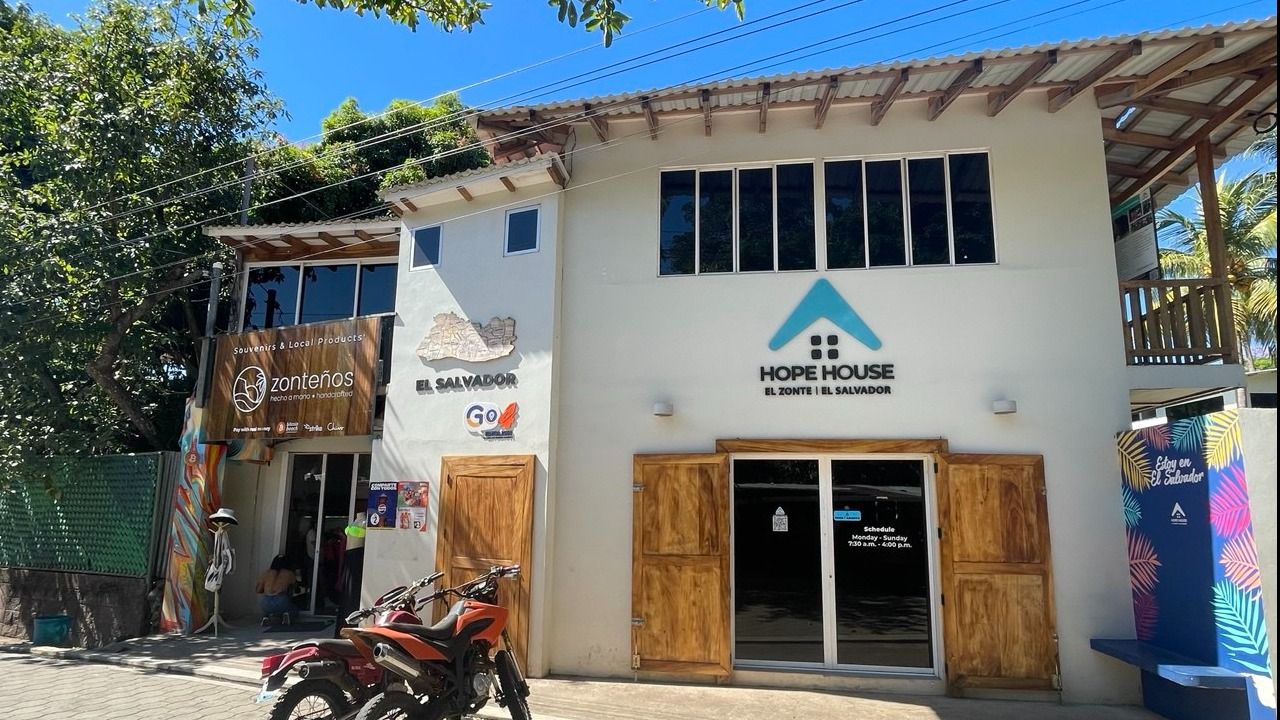
Things accelerated from there. Before Bitcoin Beach, 90% of people in El Zonte had no bank accounts; nor had they ever made a digital transaction. Up until then, the vast majority had no savings. Suddenly, everybody was using Bitcoin Lightning wallets. Forbes and local media outlets showed up. Word spread across the crypto community at large that something unique was happening in a small village in El Salvador.
Jack Mallers, the CEO of Zap (the parent company of bitcoin payments platform Strike), visited El Zonte for a few months, and what he saw convinced him to launch Strike in the Latin American nation. Mallers’ social media posts about El Zonte were shown to Bukele, according to Martínez, inspiring the President to implement the Bitcoin law in 2021.
“We were the project that proved that Bitcoin could be a good thing for Salvadorans,” Martínez said. “The same problems we had in El Zonte, we had elsewhere in the country.”
Tremendous growth
I wasn’t staying in the touristic zone, but a 10 minute walk away, in a little neighborhood with unevenly paved streets. It wasn’t a wealthy place. Most of the houses were made of wood and tin. There were no foreigners that I could see. The area gave me a sense of what El Zonte may have looked like before capital started flowing in.
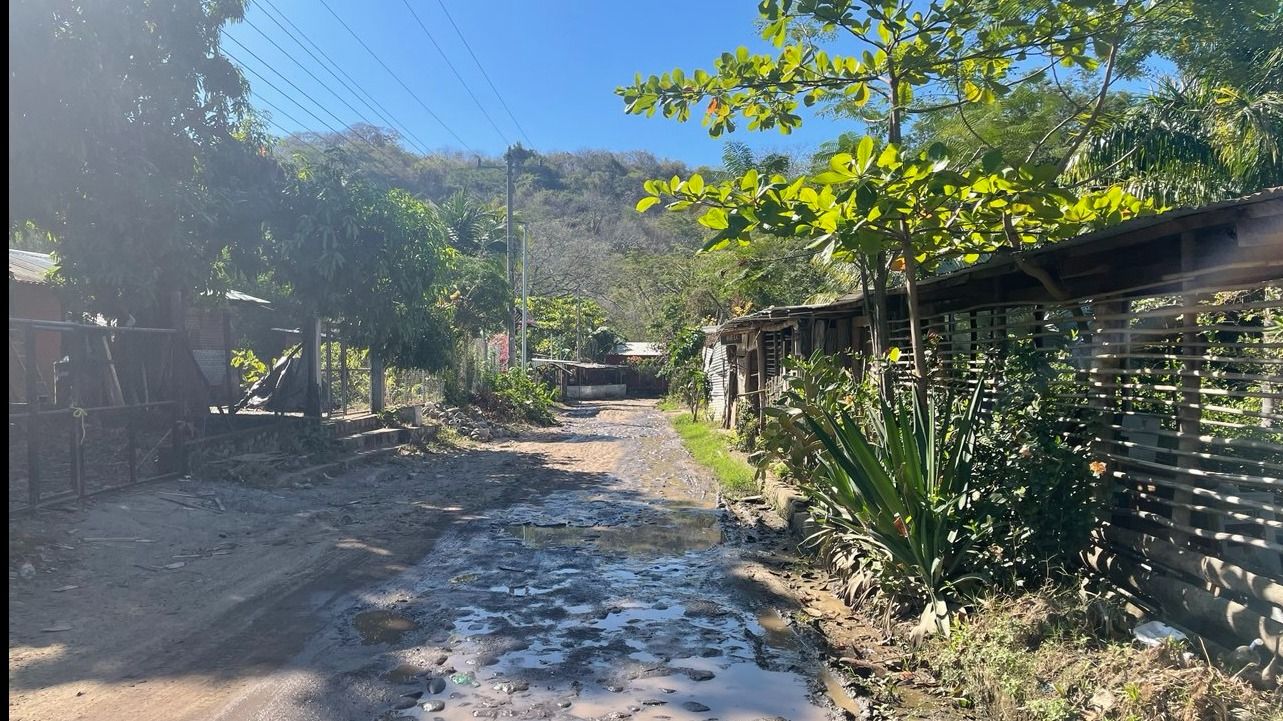
Close to my rental was a small store selling food and drinks, called El Milagro (“The Miracle”), that sports a full-blown painting of Satoshi Nakamoto eating pupusas (one of El Salvador’s national dishes). The store owner asked if I’d pay in cash or bitcoin in the same casual tone that anglophone grocery clerks ask “cash or card?”
The town changes dramatically as you get closer to the ocean. The roads are neat. Beautiful hotels advertise Spanish and surfing lessons. You find cute coffee shops and nice bars. In restaurants, you’ll sometimes overhear the foreigners at the next table talking about crypto. I inadvertently stumbled on early Bitcoin developer Peter Todd in a hotel by the beach. Huge, multi-story edifices are being built on the western side of town — presumably apartments.
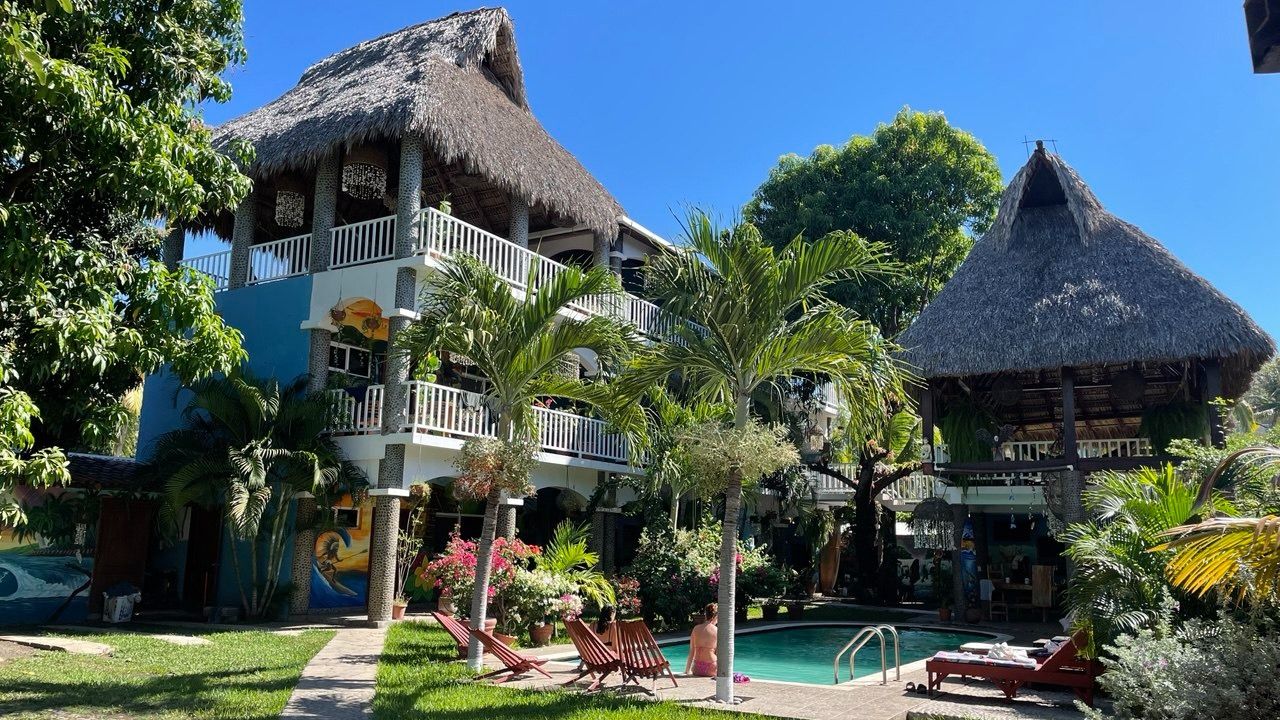
A 20-year-old Salvadoran by the name of Ivan, who works at a surf store called Los 3 Hermanos, told me that about half of the shop’s clients pay in bitcoin. He said he liked using the cryptocurrency in a personal capacity.
Agent León, a local police officer, said that Bitcoin was great for El Zonte because it was leading to more development. “It’s good that foreigners get to interact with Salvadoran society,” he said. Some of the changes had caused friction within the community, but he said it was normal considering how rapidly the town was evolving.
One Salvadoran Bitcoiner, who did not wish to be named, was effusive about Bitcoin Beach’s work, calling it fantastic. However, he said the enormous influx of money into the village had happened so quickly that not everybody in the community had benefited at the same time.
“We have been transformed from a so-called third world surf town into a wannabe first world tourism destination — but we’re still lacking serious infrastructure, we still have tons of people left behind, living in poverty, if not misery,” he said.
“Just a couple of years ago, if you had an accident or anything, there was no way to take care of you. You had to be driven into the city,” he added. “We now have big, big investors flowing in. They’re building multi-million dollar projects. These people do not have the same attachment to El Zonte as the locals or the foreigners like Mike that bought property long ago.”
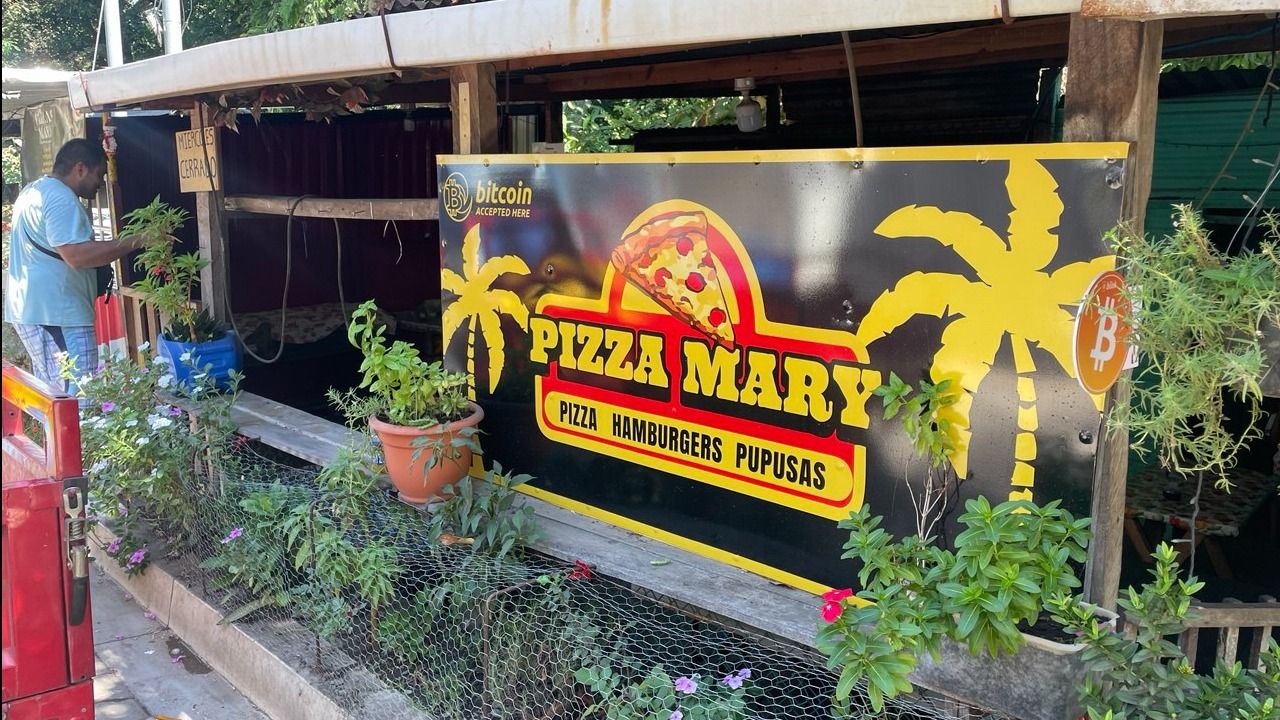
Martínez, who co-founded Bitcoin Beach, addressed the development issues during a panel discussion at Plan B, on Jan. 30. He said he was grateful for the kind of problems that El Zonte now has to deal with, because they’re due to success. “It’s the best moment that we’ve ever had in the history of our community,” he said.
“Sometimes people go to Bitcoin Beach and say we still don’t have infrastructure, we still don’t have four-star hotels, we’re still missing so much,” he added.
“It’s difficult for them to see the change of mentality in our people. Now, our people think: ‘Maybe I don’t need to emigrate to the U.S. Maybe my dreams can come true here. Maybe I can have a family and start my business here.’ There are opportunities for locals — something happened in El Zonte that hasn’t occurred anywhere else.”
Eyes on the future
With El Zonte almost completely orange-pilled, the people at Bitcoin Beach have expanded their horizons. Martínez and other Salvadorans now lead the initiative, with Peterson mostly acting in an advisory role. Bitcoiners from all around the globe come to El Zonte for guidance, including folks in Berlín, a mountain town which is home to El Salvador’s second Bitcoin circular economy.
For Martínez and Molina, one of the highest priorities is to take care of El Zonte’s kids. Around 50 of them are being trained in Bitcoin-related topics, including basic finance, by the organization — and taught to dream.
“The work that Mike did with us, that’s what we’re trying to replicate with another generation,” Martínez told me. “It’s just about sharing. We’re offering them a path to walk on. Giving them advice. Teaching them about God, and the spiritual side of life.”
I wasn’t able to see Peterson while in El Zonte, but I met up with him a couple of days later at Plan B, in San Salvador. He was in high demand at the conference — and Martínez even more so. Everywhere he went, the young Salvadoran attracted crowds; he was the main speaker and moderator of the Spanish-speaking area of the forum.
Peterson was visibly emotional when he spoke of Martínez’s leadership in the community. “Roman and Fredis and the others — I’ve known them since they were kids,” he said. “We went to the Plan B conference in Lugano, and it was just incredible. They came from families that, in the past, would have hoped to just survive, but now they’re speaking to bankers in Switzerland.”
“They’re doing a much better job than I ever could.”
Uncategorized
Elon Musk vs. the regulators
Welcome back to TechCrunch Mobility, your hub for all things “future of transportation.”
Uncategorized
Nvidia’s AI empire: A look at its top startup investments
Over the last two years, Nvidia has used its ballooning fortunes to invest in over 100 AI startups. Here are the giant semiconductor’s largest investments.
Uncategorized
Dating app Cerca will show how Gen Z really dates at TechCrunch Disrupt 2025
Cerca is a dating app that sets users up with mutual friends.
-

 Business12 месяцев ago
Business12 месяцев ago3 Ways to make your business presentation more relatable
-

 Fashion12 месяцев ago
Fashion12 месяцев agoAccording to Dior Couture, this taboo fashion accessory is back
-

 Entertainment12 месяцев ago
Entertainment12 месяцев ago10 Artists who retired from music and made a comeback
-

 Entertainment12 месяцев ago
Entertainment12 месяцев ago\’Better Call Saul\’ has been renewed for a fourth season
-

 Entertainment12 месяцев ago
Entertainment12 месяцев agoNew Season 8 Walking Dead trailer flashes forward in time
-

 Business12 месяцев ago
Business12 месяцев ago15 Habits that could be hurting your business relationships
-

 Uncategorized4 месяца ago
Uncategorized4 месяца agoRobinhood Launches Micro Bitcoin, Solana and XRP Futures Contracts
-

 Entertainment12 месяцев ago
Entertainment12 месяцев agoMeet Superman\’s grandfather in new trailer for Krypton


